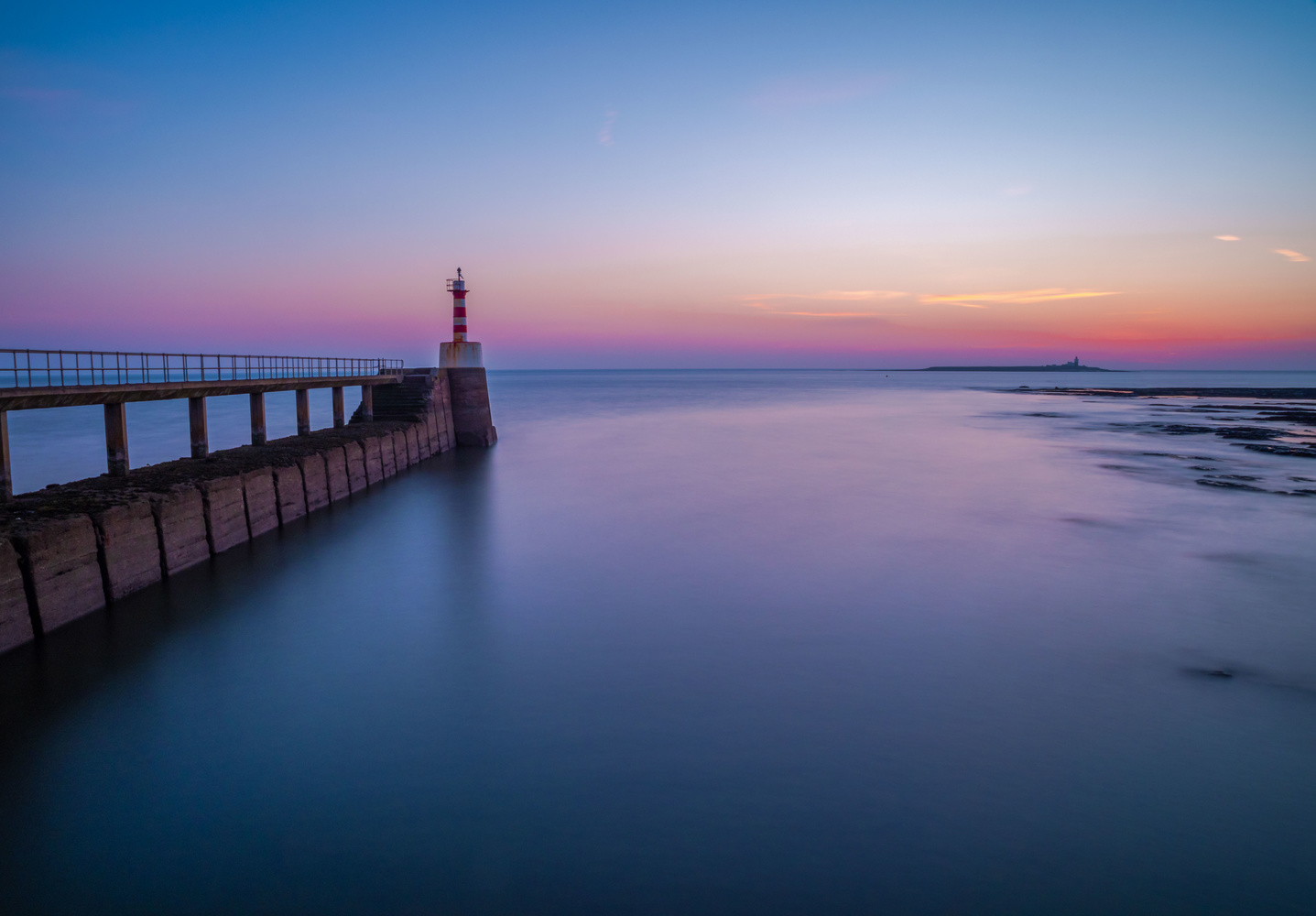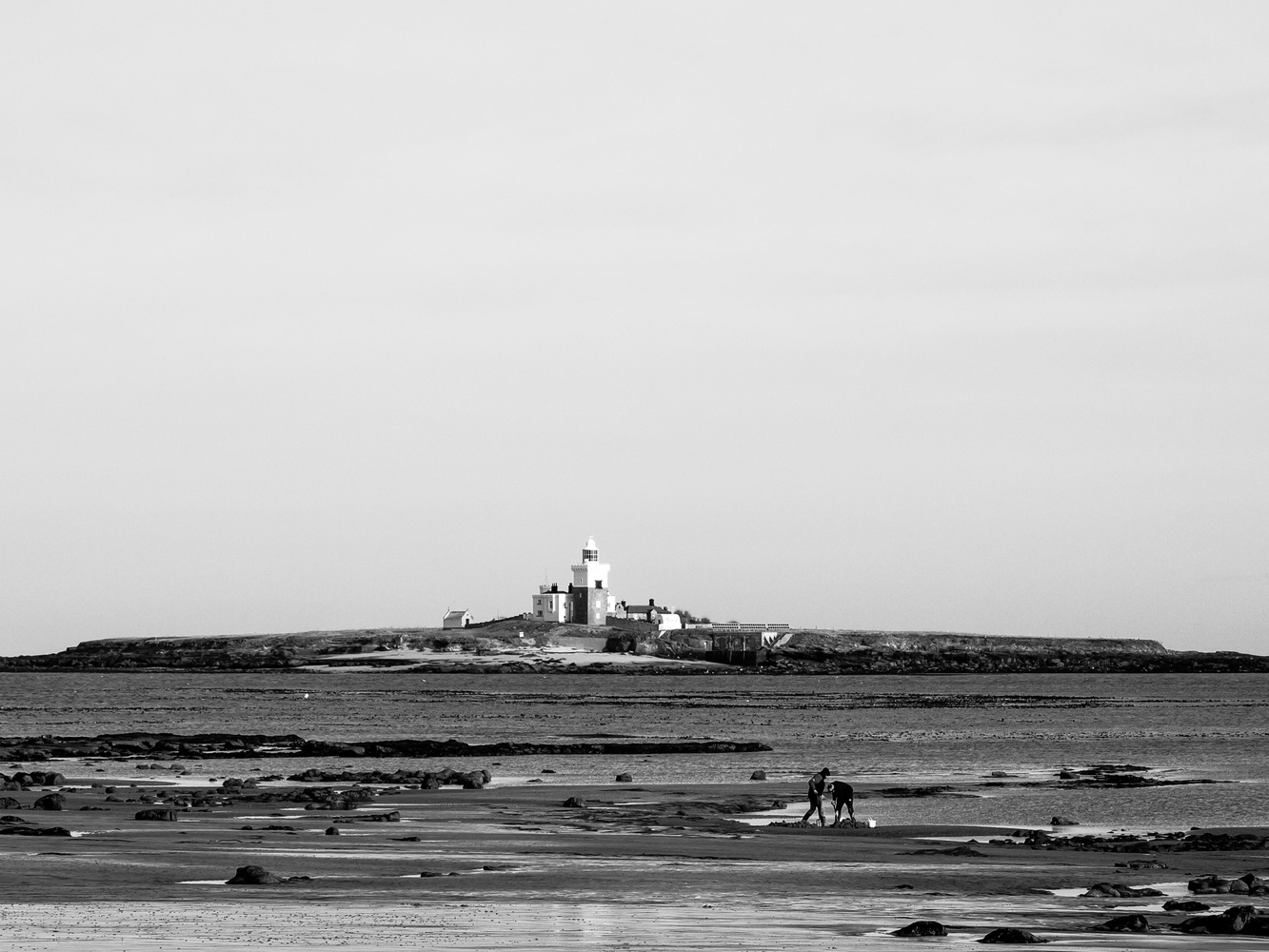Blindly following the rules of composition won’t result in better images. But, when applying active framing, and learning how and why both simple and complex compositions work, will revolutionize your photography.
For many photographers, composition means a limited set of rules to follow. At a very basic level, the frame is divided into a Tic-tac-toe (naughts and crosses) board. The horizon, if there is one, is placed on one of the horizontals. The subject is placed on one of the crossing points of the horizontals and verticals. Then, leading lines can follow those verticals. This is the rule of thirds.
It’s formulaic, but it usually results in a pleasing composition. However, it can be overused and become a cliché. As has often been repeated, like any rule, it can and should be broken.

There are, of course, other approaches to composition that can make the image more compelling. The rule of thirds is just an approximation of the Golden Ratio. This is a series of proportions that, when used in geometry, is pleasing to the human eye. The proportions are derived from what we call the Fibonacci Sequence. Although attributed to the Italian mathematician, Fibonacci, who lived in the 12th-13th Century, the ancient Greeks knew this as the “most harmonious of divisions”, and in India in 2-3 BCE, the mathematician, Pingala, wrote about the sequence, as well as prime numbers and binary.
I’m not going to go into a full explanation of the golden section in this article, as there are plenty more here on Fstoppers that explain it, including this excellent criticism of it by Alex Cooke.
The golden ratio doesn’t just refer to the positioning of the subject in a frame. If we were to approximately divide an image into blocks representing different elements within, then the ratio of each of those sections can be pleasing to the eye.
The operative word there is “approximately.” That is hugely important. In photography, our subjects are rarely an exact representation of any mathematical rule. Furthermore, like the rule of thirds, sticking to this or any formula will lead to the photographic equivalent of painting by numbers.
Even if we don’t follow it blindly, being aware of the Golden Ratio is useful, as it gives an understanding of why a composition might look good to our eyes. Studying photographs, architecture, and paintings that cohere with this and other compositional rules is not a bad thing. For example, Henri Cartier-Bresson studied art under André Lhote, a French Cubist painter who was obsessed with composition and would teach the Golden Section, Ideal measurements, Divine Proportions, and the other compositional laws of Universal Harmony. The photographer regularly reread Lhote’s books throughout his life.
These ideas of composition rubbed off on Cartier-Bresson. Consequently, when he migrated from painting to photography, that knowledge would have carried over, and it can be seen in his photos that often follow the Golden Section in their composition. However, was he consciously considering it as he framed his shot? I doubt it. I believe the rules would have been embedded into his subconscious and he would have composed the image because it looked good to him. His taste for the Golden Section was acquired through study and became second nature to him.
Of course, this is speculation. However, speaking to artists today, although they are very aware of the Golden Section, but do they draw the corresponding spiral onto their canvas before painting? No. Where they apply the paint comes naturally to them. It’s embedded knowledge and, like riding a bike, cannot be unlearned.
But the Golden Section isn’t the only compositional tool. When there is a reason to do it, shunning the obvious subject placement can make a more powerful image. Many photos work because the subject is in the center or corner of the frame. Symmetry can sometimes appear much better than other compositional choices.
There are other compositional techniques that can be shunned too, such as landscapes where foreground interest would ruin the shot, or where lead-in lines would become an unnecessary distraction.
So how do we find the best composition?
The process by which we move the camera’s position to find the best possible composition is called active framing. This name is usually limited to how we frame the shot on location, but for me, the process starts long before that. The following example is about shooting a seascape, but can equally apply to any genre or subject.
One of my favorite subjects is an island a mile off the coast from where I live. I shoot it just for enjoyment, and to get myself out on the beach early in the morning. All seascape photographers know that revisiting a location can bring completely different results depending upon the time of year, the hour of the day, the cloud cover, the wind speed and direction, the state of the tide, the size of the waves, wildlife activity, and so on. Additionally, how the image appears can be changed by the focal length, the aperture and shutter values, plus the processing.
Active framing starts by considering all these factors and visualizing how the shot will look.
I start by studying the weather forecast. I know a north-easterly wind will create a swell on the sea, while the prevailing south-westerlies result in a calmer surface. If there is solid cloud cover, the image will be very different from when there is broken cloud, or a clear sky.
Next, I will check the tide times. This will have a bearing on my decision of where I stand and what sort of photograph I will take. For example, at mid-tide, I know that the lines of rock that jut out into the seas to the south of here will break the water’s surface. At high spring tides, the sea is nearly reaching the sand dunes and the rocks are hidden, so a minimalist shot of the sky, sea and the island might work best.
Next, I will look at the sun or moon direction. They can both rise behind the island, but I need to stand in the correct position if I want either of them being in transit with the island. Between midsummer and midwinter, that difference in locations is over four miles.
Following that, I visualize how where I want the island in the frame, and that will vary depending upon the factors previously mentioned. Then, I ask myself whether I want a long exposure or a fast one. Should I stand up on the dunes to increase the amount of sea visible in the photograph? Alternatively, do I get down low to shoot through the waves? At sunrise, the gulls invariably take to the wing. Do I want those in the shot?
These considerations will also affect my equipment decisions. For example, if it’s windy, or if I am wading into the water, I’ll take my old, heavy, and incredibly stable tripod, otherwise my small, light carbon fiber one suffices.
After fitting the appropriate tripod mount to the camera, attaching a filter if necessary, I’m ready to go as soon as I get up before dawn the next morning.
I’ll arrive at the location early, and I will scout it to find the best place to stand. Then, I’ll set the camera up and move about until I have exactly the right composition that I have imagined. However, despite all that planning, I might change my mind from how I envisioned the photo, and then use active framing to achieve a different composition. Besides changing the focal length if using a zoom, or moving closer or further away with a prime lens, I’ll also try raising and lowering the tripod, and repositioning the island in the frame, working out which shot looks the best to my eye.

That is the important point. My choice of composition is subjective. It appeals to my subconscious mind, which has developed and changed over time as I have acquired new knowledge from studying images and reading about compositional techniques. Furthermore, I fully expect my choices to be different again in a few years’ time, as new knowledge is embedded in my subconscious.
So, the important takeaway from this article is to continuously learn about new and different compositional techniques. Don’t consciously think about framing the subject by following rules, but shoot what looks good to you.
Do you use similar techniques for planning your photography? Are there particular compositional techniques that you employ? Do you think about composition, or do you just point the camera, so it looks right to your eye? It will really be interesting to hear your thoughts.
